7 Amazing Similarities Between Korean and Chinese Culture
- byTolulope Ayileka
- 1 year ago
- 0 Comments
- 7mins
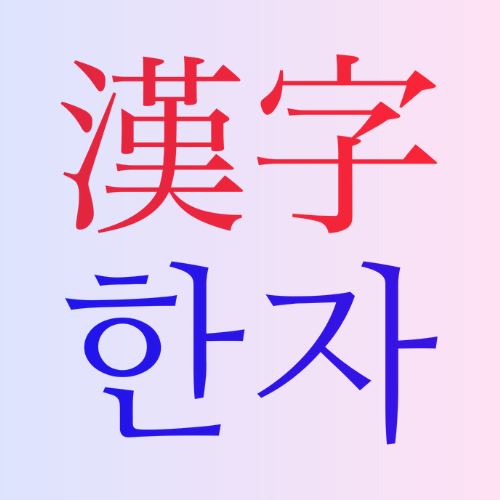
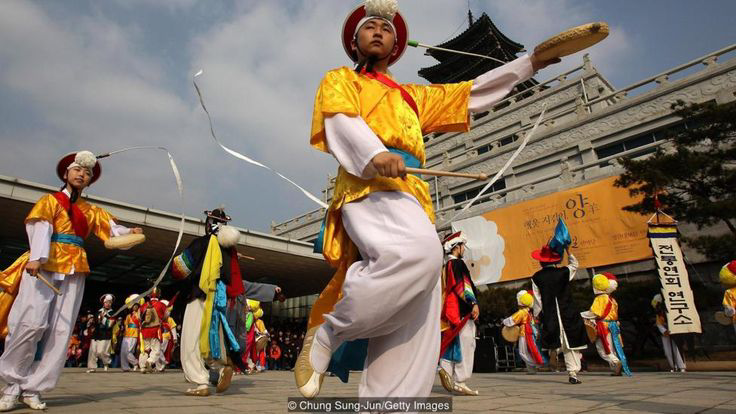
Photo Credit: Pinterest/Getty Images
Hi, Chingu.
Let's be sincere, there was once a time in our lives when we could not differentiate between Koreans and other Asians particularly Chinese. A good number of us probably thought Asia was for China, of China, and by China.
Thankfully due to globalization and of course the internet, we are more familiar with various Asian countries and their numerous distinct cultures. However, despite this, we cannot help but notice some resemblances between these cultures and I'm talking about Korean and Chinese cultures. Here are a few of these cultural similarities that I picked for this purpose
Respect for Elders/Filial Piety
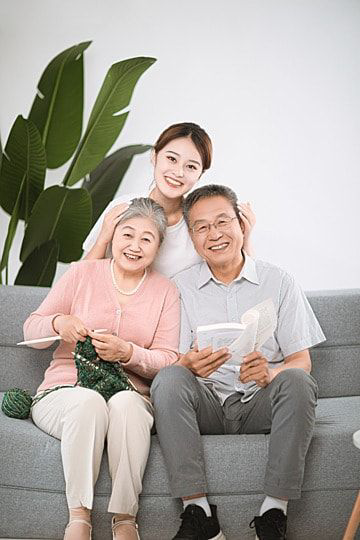
This is a major similarity between these two cultures as they highlight the importance of respecting elders, particularly one’s parents. This is referred to as Filial Piety; the act of exhibiting love and respect for one’s parents, elders, and ancestors.
It is a Confucian value which is a major moral compass for both cultures so deferring to elders and seeing them as wise, experienced, and all-knowing is a common trait. In 2005, actress Shin Shin-Ae was publicly recognized and awarded by the Major of Seoul for her Filial Piety towards her mother who suffered from diabetes and pancreatic cancer before her death. Till date, she refuses to marry and dedicates her time to taking care of the elderly.
Photo Credit: Pinterest
Linguistic Similarities
Korean Hanja Alphabets/Photo Credit: Pinterest

Despite Korean and Chinese languages being quite different, several linguistic similarities can be found between the two due to historical influences. For instance, before the creation of the Korean alphabet (Hangul) by King Sejong in the 1300s, Chinese characters were used by Korean scholars during the Gojoseon period in writing Korean. This writing system is called Hanja and is still in use today.
Also, the Korean vocabulary has several Chinese words incorporated into it. A big example is the sino-korean numbers system which is based solely on Chinese characters and still used to tell time, age, money, etc.
0 – 영 (yeong), 1– 일 (il), 2 – 이 (i), 3 – 삼 (sam)
Traditional Attires
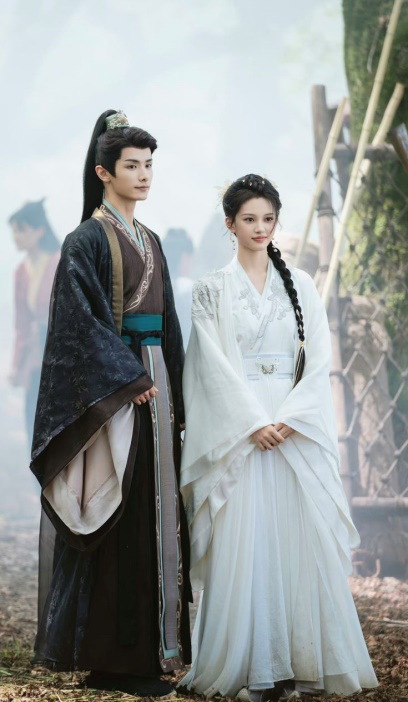

Chinese cultural attire "Hanfu" vs Korean cultural attire "Hanbok"/ Photo Credit: Pinterest
This factor is very obvious in Korean and Chinese Dramas. The traditional attires which are ‘Hanbok’ in Korea and ‘Hanfu’ in China, deeply reflect the rich and colorful cultural heritage of both countries.
They share similarities in their design, both having multiple layered garments, flowing silhouettes for elegance, use of belts and accessories, wide sleeves, wrap-around skirts as well as the use of rich fabrics with intricate embroidery. These attire come in Silk, Satin, and Cotton but Silk is reserved only for the royal class.
Art Appraisal
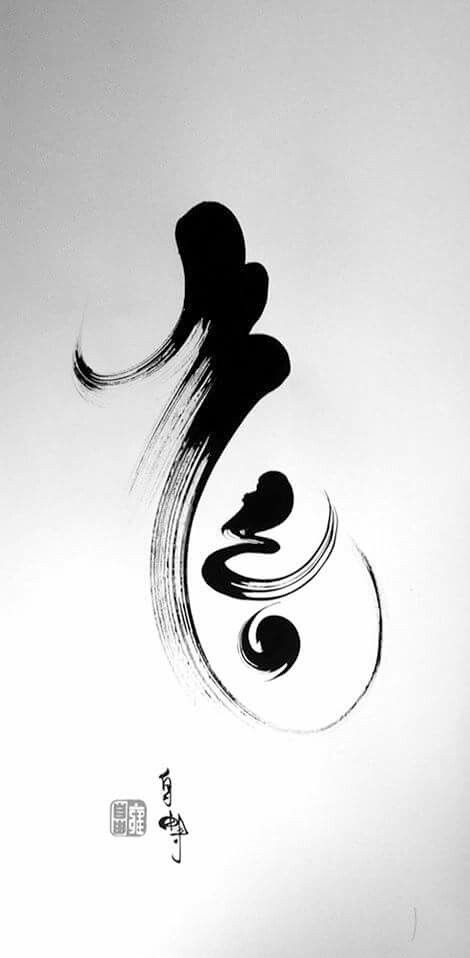
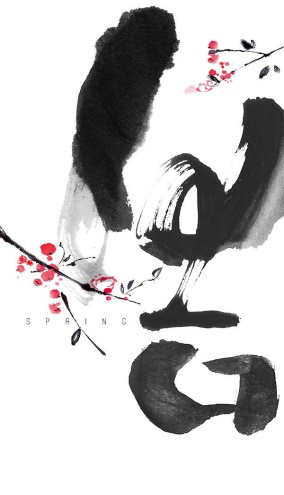
Chinese Calligraphy vs Korean Calligraphy/Photo Credit: Pinterest
The Chinese civilization had a huge influence on East Asian culture, which Korea is a part of. Due to trading, educational institutes (scholars), and of course the influence of their language, several traditional art forms were exchanged between cultures.
Art forms such as painting, pottery, and elegant calligraphy were exchanged and admired by both cultures especially due to their aesthetic and often philosophical significance.
Traditional Cuisine:


Korean fermented vegetables "Kimchi" vs Chinese fermented vegetables in a jar "Pao Chi"/Photo Credit: Pinterest
Both Korean and Chinese cuisines have similar elements, such as rice, noodles, and various types of fermented foods as well as spices and seasonings. Do you know that the Chinese also eat Kimchi but they call it “Pao Cai”? There was once a debate on the true origin of the dish and both sides went bonkers trying to prove they own it. It's much like the normal Nigeria-Ghanian jollof rice debate (Na we get am).
Philosophy
There are 3 major pillars of Chinese Philosophy which are Buddhism, Taoism, and Confucianism while Korean philosophy has more of a worldview with aspects of Shamanism, Buddhism, Taoism, and Confucianism.
So, it's safe to say that both cultures have similar philosophies which have majorly shaped their religious beliefs, social norms, class system, ethics, governance, and education.
Festivals and Celebrations:
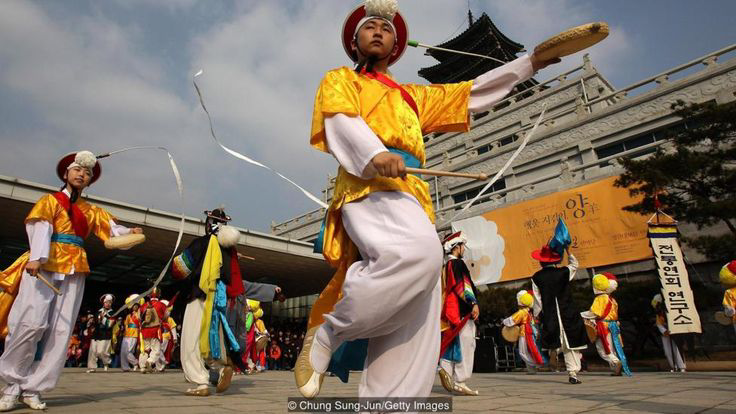
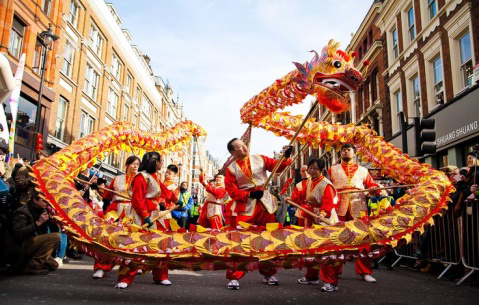
Celebration of Lunar New Year "Seollal" in Korea vs Celebration of "Chunjie" - Chinese New Year/Photo Credit: Pinterest
Korean and Chinese cultures celebrate some festivals that are similar but with different names. A popular festival is the Lunar New Year (Seollal in Korea and Chunjie in China) which is a major celebration in both countries. The festival is celebrated by Koreans and Chinese across the world with family gatherings, feasting, and traditional rituals.
Culture is truly a way of life and it is not static but ever-changing and influenced by time, our relationship with people, and the elements around us. If you look closely, you might also notice some similarities between Korean culture and your native culture as well.
Feel free to share with us in the comments section below.
Till later, Jaljayo!
Tags:
Tolulope Ayileka
Tioluwa is a lover of all things good story telling and adventure, so it's no surprise she's officially hooked to all things Korean. She believes learning and having fun is synonymous and prides herself a K-drama guru. From Korean lifestyle to history, she's all over it like sauce on kimchi.
0 Comment(s)
Related Posts
Daily Newsletter
Get all the top stories from Blogs to keep track.
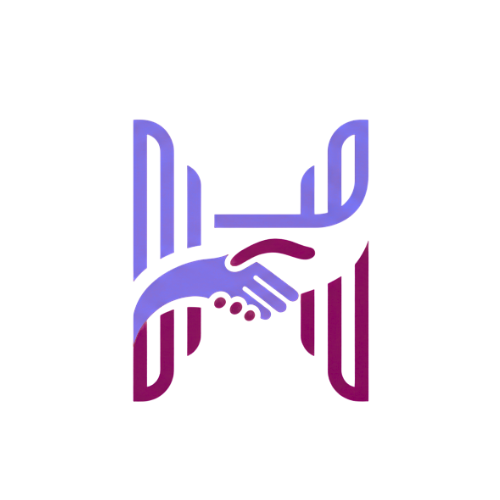
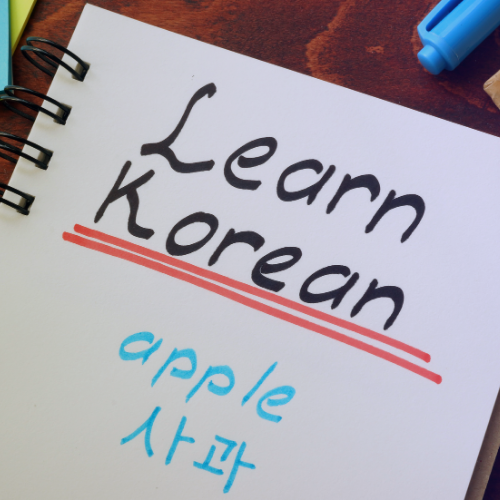
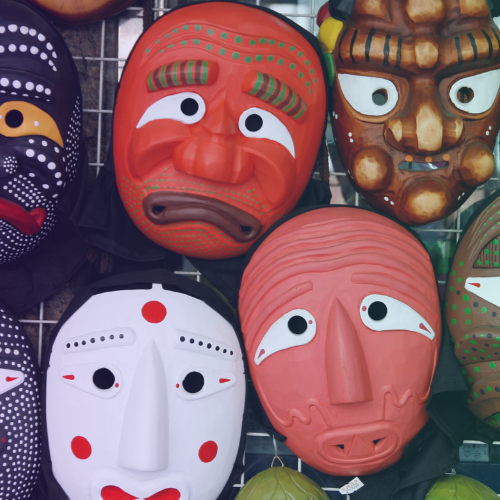


Leave a comment